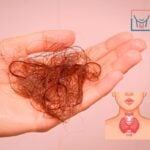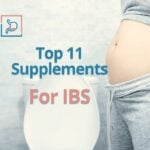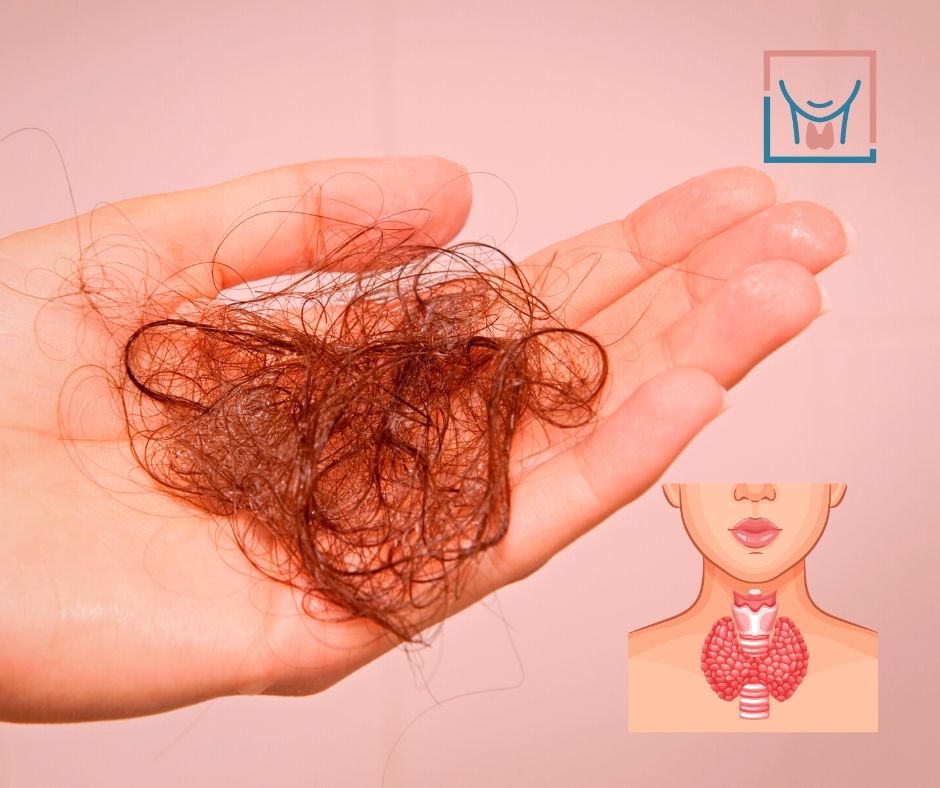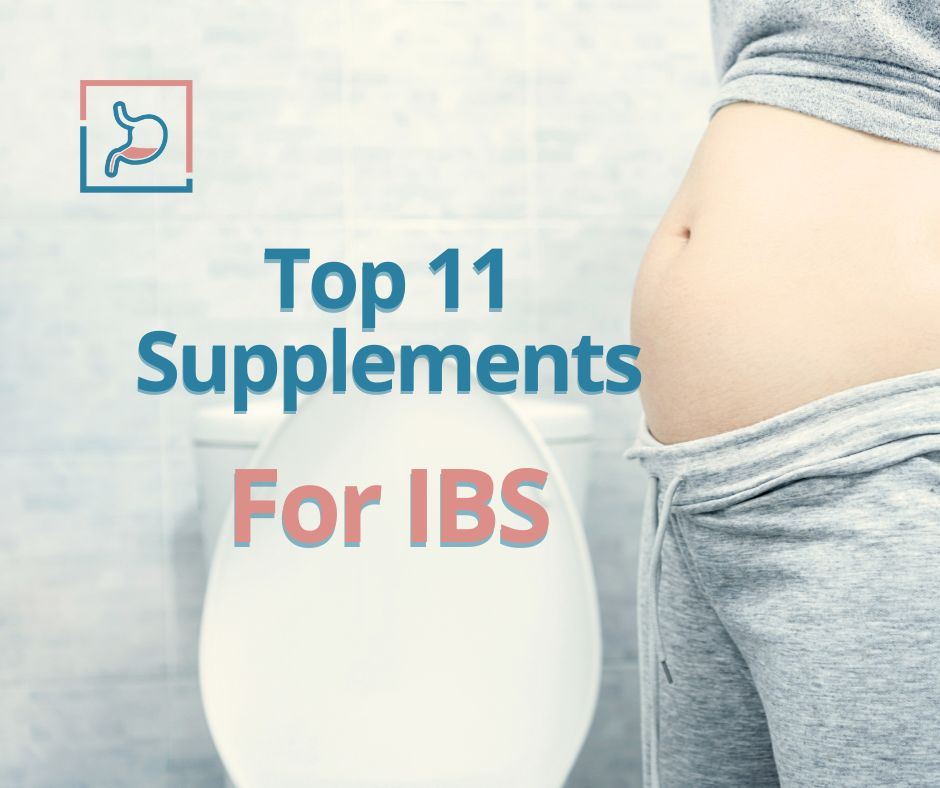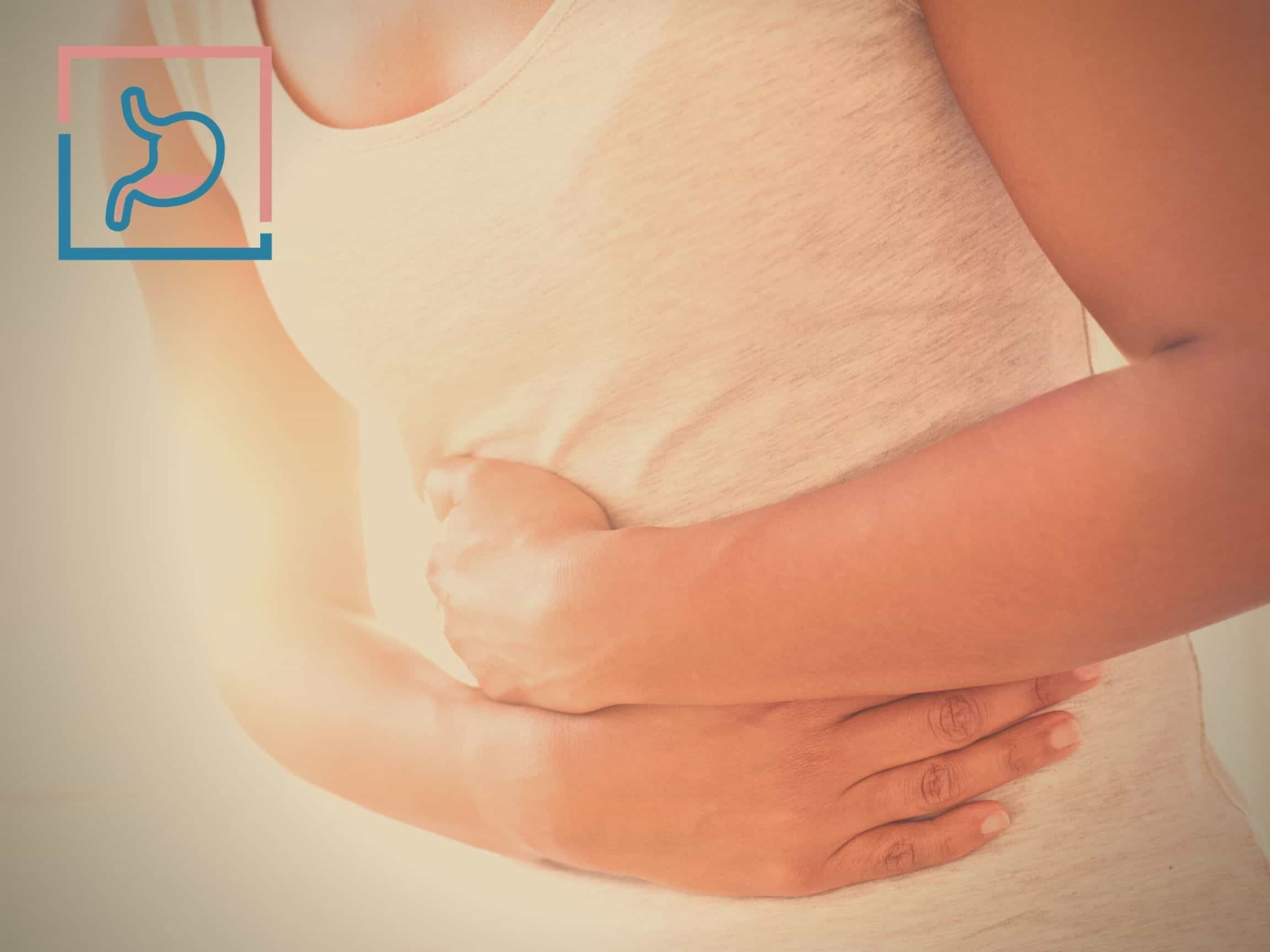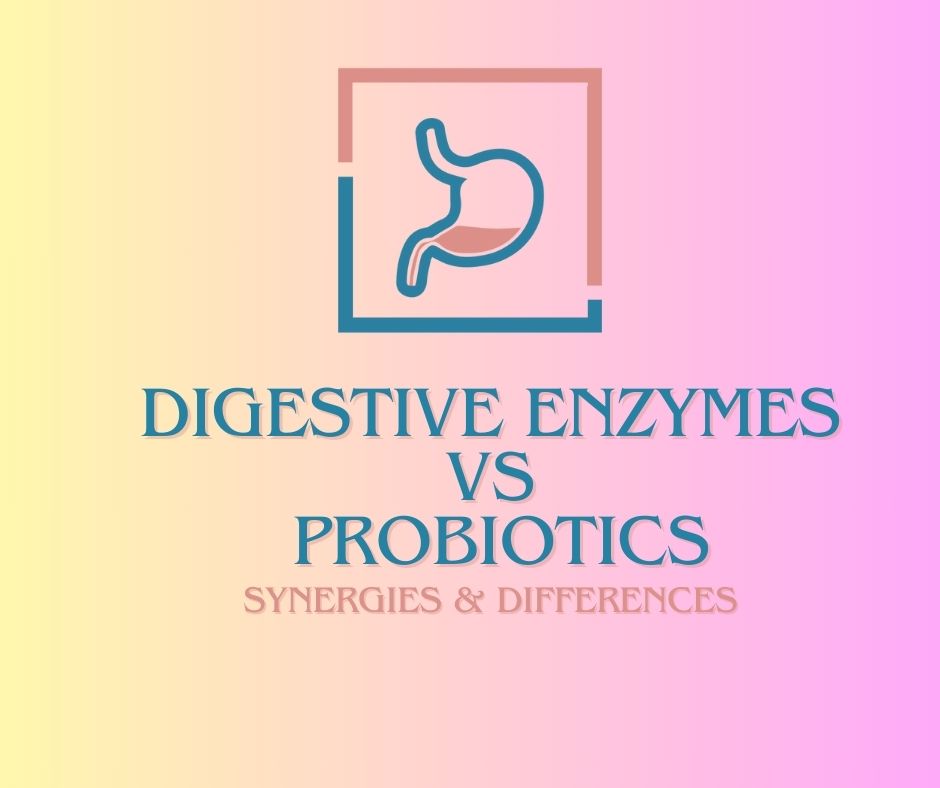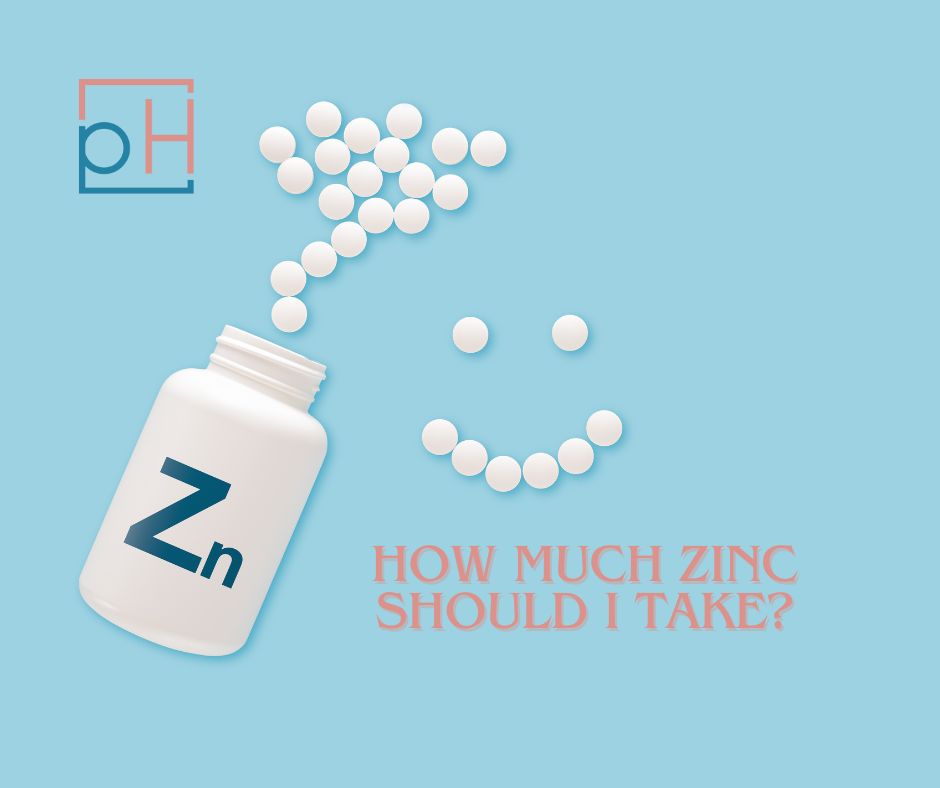Subclinical hypothyroidism means you have normal T3 and T4 hormone levels but high TSH levels (thyroid-stimulating hormone). Physicians may refer to this as mild thyroid failure.
It may cause mild hypothyroidism symptoms, but is usually asymptomatic and diagnosed by thyroid blood tests. It’s possible, and even normal, to have subclinical hypothyroidism and never know it.
Between 3-15% of people in the United States have this precursor to thyroid disease. More than a quarter of those with subclinical hypothyroidism (also called subclinical thyroid disease) may develop into hypothyroidism patients within 6 years of initial diagnosis.
It’s best to address subclinical hypothyroidism before it progresses to overt hypothyroidism. This is especially true if you are pregnant or trying to conceive.
If you’re in Colorado, our team of holistic providers can test your hormone levels, get to the root cause of your thyroid symptoms, and help you get back to living!
Disclaimer: We may receive a small commission from products you purchase via links in this article.
Is It Dangerous?
Subclinical hypothyroidism isn’t considered serious, in that it’s usually asymptomatic and may be reversed. It’s generally a temporary result of inflammation and is not life-threatening.
However, if you are pregnant and learn you have subclinical hypothyroidism, your healthcare provider may work with you to treat this condition. TSH (thyrotropin) levels outside of the normal reference range can increase your risk of miscarriage. Plus, subclinical hypothyroidism in pregnancy is also a risk factor for full-blown postpartum thyroid disease in the mother.
Some studies claim your risk of heart disease goes up as your TSH levels rise, but research on the cardiovascular risk factors is inconclusive. There seems to be a slightly increased risk for coronary artery disease (CAD) in patients with subclinical hypothyroidism.
Read Next: Calcitonin: Function, Uses & Side Effects
Symptoms
Many people have no notable symptoms of subclinical hypothyroidism. However, if mild hypothyroid symptoms do appear, they may present as:
- Chronic fatigue
- Depression
- Hair loss
- Unexplained weight gain
- Constipation
- Sensitivity to the cold
- Impaired cognitive function
- Memory issues
- Goiter (enlargement of the thyroid gland)
A TSH level of 7.0 mIU/L or greater (within the subclinical range) may lead to congestive heart failure.


Diagnosis & Testing
Abnormalities in thyroid hormones and TSH levels are typically diagnosed with thyroid function testing (thyroid blood tests). Taking biotin supplements can artificially decrease thyrotropin levels, so patients should stop taking any biotin 7 days before thyroid blood work.
Subclinical hypothyroidism is often defined by TSH levels in the range of 4.6 to 10.0 mIU/L. The normal range for TSH levels is between 0.4 to 4.0 milliunits per liter (mIU/L) on thyroid function tests.
Grades of subclinical hypothyroidism and what is considered healthy differ depending on age and pregnancy status. Integrative providers (like ours at PrimeHealth) may also suggest non-invasive treatments for lower TSH levels than conventional doctors.
| TSH Levels | T3 Levels | T4 Levels | |
| Normal Thyroid Levels | 0.5-4.0* mIU/L | Within normal range | Within normal range |
| Grade 1 Subclinical Hypothyroidism | 4.0-9.9 mIU/L T3/T4 within normal range | Within normal range | Within normal range |
| Grade 2 Subclinical Hypothyroidism | >10 mIU/L | Within normal range | Low |
| Hypothyroidism (overactive thyroid) | >10 mIU/L | Low | Low |
| Hyperthyroidism (underactive thyroid) | >0.5 | High (may test normal in mild cases) | High |
*Our providers investigate further for all TSH levels over 2.5 mIU/L. Pregnant people should not exceed 2.5 mIU/L. People over 70 often have a reference range of TSH levels between 5.0-6.0 mIU/L. This is rarely treated, due to their slower metabolism (which automatically increases TSH levels) and the fact that they are at higher risk of side effects from thyroid hormone replacement therapy.
Optimal T4 levels should be:
- Total T4 = 0.4-2.5 mIU/L or 5,000-12,000 ng/dL
- Free T4 = 0.9-1.9 ng/dL
T3 levels aren’t always tested on standard thyroid hormone level panels, but they can be helpful when addressing symptoms of hypothyroidism. Healthy T3 levels are:
- Total T3 = 75-195 ng/dL
- Free T3 = 2.3-4.2 pg/dL
- Reverse T3 = 10-24 ng/dL (preferably around 15)
More Tests May Be Recommended
Additional testing may be recommended, depending on your unique situation and healthcare provider.
To determine whether or not treatment of subclinical hypothyroidism is required in any particular patient, we begin with an hs-CRP (high-sensitivity inflammation blood test). Then, we check if inflammation is occurring in antithyroid antibodies (like anti-thyroid peroxidase) in order to spot inflammation happening at the thyroid itself. Quality of life is also assessed.
Causes
Subclinical hypothyroidism has several potential root causes separate from hypothyroidism. The most common cause is inflammation, which may be caused by:
- Acute infection, particularly one that requires hospitalization
- Obesity
- Cardiovascular disease
- Elevated insulin and other cardiometabolic issues
- Dietary issues/food sensitivities
- Hormone imbalances or taking birth control pills
Another common cause of subclinical hypothyroidism is stress. Mental stress can kick your pituitary gland into high gear.
Unlike full hypothyroidism cases, 90% of which are autoimmune thyroid disease (Hashimoto’s disease), subclinical hypothyroidism is more often not related to autoimmunity issues.
Treatment
Subclinical hypothyroidism treatment, especially at grade 1, is not always necessary or recommended — in fact, it’s sometimes controversial. But when treated successfully, reducing elevated TSH levels to within the normal range may improve other factors, too, such as:
- High cholesterol levels
- High blood pressure
- High body weight
At the point a patient reaches TSH levels of >5 mIU/L, has elevated thyroid peroxidase antibody, experiences symptoms, or has cardiovascular risk factors, treatment for subclinical hypothyroidism should begin. Patients with additional risk factors for thyroid disease or who are pregnant are also treated more urgently.
Levothyroxine therapy is not often prescribed at this subclinical stage except in the case of pregnancy. Instead, we test for nutrient levels, other hormone levels, estrogen dominance, and status of your thyroxine-binding globulin. Our goal is to help patients reduce TSH levels further from the upper limit of normal without the use of medication whenever possible.
Some doctors may prescribe levothyroxine and naltrexone, particularly during pregnancy. Our providers generally avoid these options, as they come with side effects and most subclinical cases can be reversed naturally.
Risks of Treating Subclinical Hypothyroidism
Most risks associated with treating subclinical hypothyroidism are related to pregnancy, despite the fact that treatment during pregnancy is generally considered necessary:
- Treatment may increase the risk of gestational hypertension
- The AIP diet is not appropriate during pregnancy
- Many of the dietary supplements for optimal thyroid function are most likely safe while pregnant, but have not been tested for safety during pregnancy
Geriatric patients should be diagnosed and treated differently than younger healthy adults when diagnosed with suboptimal thyroid levels. In patients over 70 years of age, a higher TSH concentration is not only expected; it may even be preferred. Treatment risks triggering over-replacement or even thyroid failure.
Natural Remedies and Prevention
For otherwise healthy, non-pregnant adults, there are several natural options that may help manage TSH levels without the need for medication. These remedies also help reduce the risk that you’ll experience thyroid dysfunction in the future.
The best natural remedies for subclinical hypothyroidism include:
- Practicing stress-relief techniques like meditation and spending time outside
- Eating nutrient-dense, minimally processed foods (especially high-antioxidant foods and foods rich in omega-3s)
- Short-term adherence to the Autoimmune Protocol (AIP) diet for 1-6 months (advised for those at risk of Hashimoto’s disease; not recommended for pregnant women)
- Taking dietary supplements to support healthy thyroid function, such as iodine, probiotics, selenium, vitamin D, zinc, glutathione, and curcumin (the active ingredient in turmeric)
Always consult with your healthcare provider before starting a new dietary supplement regimen.
Our favorite caffeine and alcohol alternative is Feel Free! It’s a plant-based tonic that improves mood, sustains energy, and decreases anxiety. For 40% off your first order, use code PRIMEHEALTH40.
FAQs
What is the difference between subclinical hypothyroidism and hypothyroidism?
Hypothyroidism is characterized by an underactive thyroid gland — high TSH, low T3/T4. In subclinical hypothyroidism, a patient has only high serum TSH levels but T3 and T4 levels in the normal range.
Who is at increased risk of subclinical hypothyroidism?
People are more likely to have subclinical hypothyroidism if they:
- Are entering or well into old age
- Are female (the prevalence of subclinical hypothyroidism in females is 2-5 times higher than in males)
- Have a family history of Hashimoto’s disease or other hypothyroid condition
- Take medications with iodine or lithium
- Have recently been hospitalized
- Are obese
- Have existing cardiovascular disease
I tested for high TSH levels during a hospital stay. Why didn’t my doctor prescribe medication?
It is uncommon to treat subclinical hypothyroidism during a hospital visit because temporarily high TSH values are so common when you are hospitalized. In most cases, there’s very little risk of progression to full-blown thyroid disease and your levels will normalize soon after leaving the hospital.
Can you lose weight with subclinical hypothyroidism?
As with full-blown hypothyroidism, it’s possible — but more difficult than for the average, healthy adult — to lose weight even when your thyroid isn’t working optimally. Our typical recommendation is to eliminate inflammatory foods, especially sugar, from the diet, practice healthy types of exercise, and consider supplements that support a healthy weight.
For more, read our complete guide to losing weight with an underactive thyroid.
Stop Subclinical Hypothyroidism In Its Tracks
Subclinical hypothyroidism is often easy to reverse. Our team of providers at PrimeHealth has been helping Colorado residents address their thyroid disorders at the root. We’d love to help you, too!
View this profile on InstagramPrimeHealth (@primehealthdenver) • Instagram photos and videos
Sources
- Gosi, S. K. Y., & Garla, V. V. (2019). Subclinical hypothyroidism.
- Díez, J. J., & Iglesias, P. (2004). Spontaneous subclinical hypothyroidism in patients older than 55 years: an analysis of natural course and risk factors for the development of overt thyroid failure. The Journal of Clinical Endocrinology & Metabolism, 89(10), 4890-4897.
- Ochs, N., Auer, R., Bauer, D. C., Nanchen, D., Gussekloo, J., Cornuz, J., & Rodondi, N. (2008). Meta-analysis: subclinical thyroid dysfunction and the risk for coronary heart disease and mortality. Annals of internal medicine, 148(11), 832-845.
- Biondi, B., Cappola, A. R., & Cooper, D. S. (2019). Subclinical hypothyroidism: a review. Jama, 322(2), 153-160.
- Rodondi, N., Newman, A. B., Vittinghoff, E., de Rekeneire, N., Satterfield, S., Harris, T. B., & Bauer, D. C. (2005). Subclinical hypothyroidism and the risk of heart failure, other cardiovascular events, and death. Archives of internal medicine, 165(21), 2460-2466.
- Wiersinga, W. M. (2015). Guidance in subclinical hyperthyroidism and subclinical hypothyroidism: are we making progress?. European thyroid journal, 4(3), 143-148.
- Vanderpump, M. P. J., Tunbrldge, W. M. G., French, J., Appleton, D., Bates, D., Clark, F., … & Young, E. T. (1995). The incidence of thyroid disorders in the community: a twenty‐year follow‐up of the Whickham Survey. Clinical endocrinology, 43(1), 55-68.
- Leng, O., & Razvi, S. (2019). Hypothyroidism in the older population. Thyroid research, 12(1), 2.
- Kim, Y. A., & Park, Y. J. (2014). Prevalence and risk factors of subclinical thyroid disease. Endocrinology and Metabolism, 29(1), 20-29.
- Duntas, L. H. (2015). The role of iodine and selenium in autoimmune thyroiditis. Hormone and Metabolic Research, 47(10), 721-726.
- Toulis, K. A., Anastasilakis, A. D., Tzellos, T. G., Goulis, D. G., & Kouvelas, D. (2010). Selenium supplementation in the treatment of Hashimoto’s thyroiditis: a systematic review and a meta-analysis. Thyroid, 20(10), 1163-1173.
- Botelho, I.M.B., Moura Neto, A., Silva, C.A., Tambascia, M.A., Alegre, S.M., & Zantut-Wittmann, D.E. (2018). Vitamin D in Hashimoto’s thyroiditis and its relationship with thyroid function and inflammatory status. Endocrine journal, 65(10), 1029-1037.
- Menon, V. P., & Sudheer, A. R. (2007). Antioxidant and anti-inflammatory properties of curcumin. In The molecular targets and therapeutic uses of curcumin in health and disease (pp. 105-125). Springer, Boston, MA.


